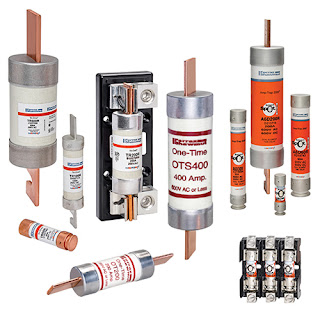LDO Linear Voltage Regulators for Smart Phones
ON Semiconductor has introduced five ultra-small-package, low-dropout (LDO) linear voltage regulators to its portfolio for smart phones and other portable electronics. Based on complementary metal-oxide semiconductor (CMOS) technology, the devices can each deliver an output current of 150mA. With an output voltage range of 1.2 to 3.3V, the NCP4682 and NCP4685 ultra-low-current regulators have a supply current of 1uA typical. These devices include output current protection and a fully integrated soft-start circuit to minimise inrush current and ensure there is no output voltage overshoot.
Output voltage accuracy is +/-0.8 per cent. Available packages include a UDFN-4 package measuring 1 x 1 x 0.6mm. With a +/-1 per cent output voltage accuracy, the NCP4681 and NCP4684 ultra-low-current regulators also have a 1uA typical supply current and are specified over an output voltage range of 0.8 to 3.6V. They benefit from the same soft-start and output-current protection features as the NCP4682 and NCP4685. Available packages include an XDFN-4 measuring 0.8 x 0.8 x 0.4mm. The NCP4682 and NCP4681 both include an enable function to reduce supply current by using a standby mode.
In contrast, the NCP4684 and NCP4685 devices eliminate this function in order to avoid any associated pull-down current, thereby lowering the quiescent current for battery-powered portable applications that are required to spend most of the time in an active mode. The NCP4680 regulator, which completes the group of new LDO products, can operate with an input voltage of 1.4V minimum. The device delivers strong transient response with ripple rejection of 75dB and output voltage accuracy of +/-1 per cent.
Its output voltage range covers 0.8 to 3.5V and the available packages include the 0.8 x 0.8 x 0.4mm XDFN-4. All five new devices are suitable for incorporation into battery-powered portable devices such as MP3 players, mobile phones, handheld GPS systems, cameras and camcorders; home appliances including set-top boxes and digital video recorders; and networking/communication equipment (servers and routers), as well as other applications areas where conserving both power and space are high priorities.
Output voltage accuracy is +/-0.8 per cent. Available packages include a UDFN-4 package measuring 1 x 1 x 0.6mm. With a +/-1 per cent output voltage accuracy, the NCP4681 and NCP4684 ultra-low-current regulators also have a 1uA typical supply current and are specified over an output voltage range of 0.8 to 3.6V. They benefit from the same soft-start and output-current protection features as the NCP4682 and NCP4685. Available packages include an XDFN-4 measuring 0.8 x 0.8 x 0.4mm. The NCP4682 and NCP4681 both include an enable function to reduce supply current by using a standby mode.
In contrast, the NCP4684 and NCP4685 devices eliminate this function in order to avoid any associated pull-down current, thereby lowering the quiescent current for battery-powered portable applications that are required to spend most of the time in an active mode. The NCP4680 regulator, which completes the group of new LDO products, can operate with an input voltage of 1.4V minimum. The device delivers strong transient response with ripple rejection of 75dB and output voltage accuracy of +/-1 per cent.
Its output voltage range covers 0.8 to 3.5V and the available packages include the 0.8 x 0.8 x 0.4mm XDFN-4. All five new devices are suitable for incorporation into battery-powered portable devices such as MP3 players, mobile phones, handheld GPS systems, cameras and camcorders; home appliances including set-top boxes and digital video recorders; and networking/communication equipment (servers and routers), as well as other applications areas where conserving both power and space are high priorities.


Comments